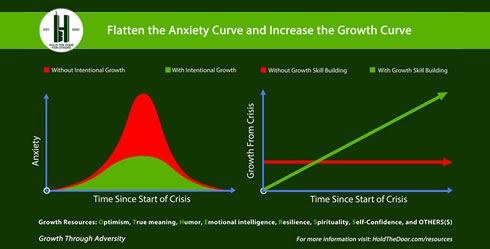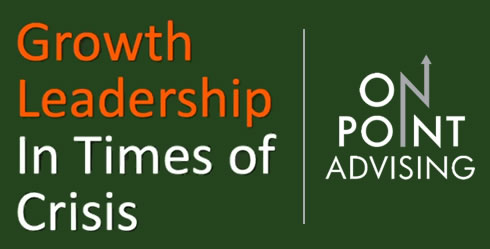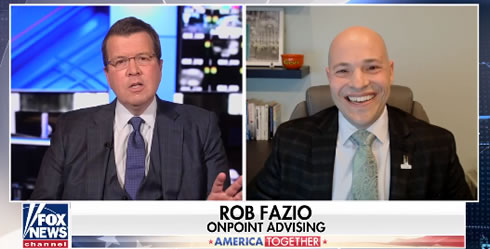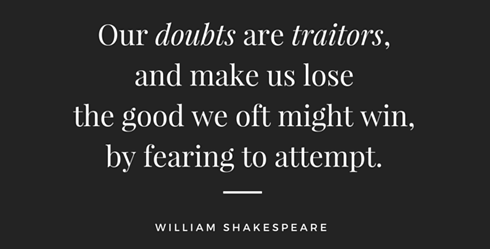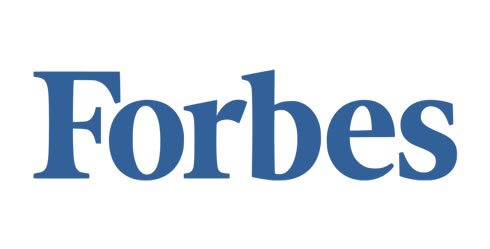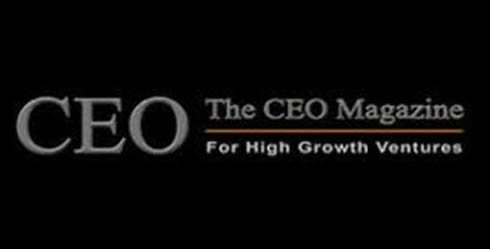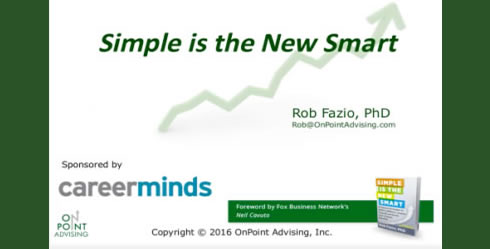by Rob Fazio, PhD
What if your success depended on something you couldn’t control? What if the mood you put someone in was just as important as doing your job? Well, it is. Success is directly related to how you influence people to think, feel, and act. And how you influence people to think, feel, and act is directly linked to your professional brand. Sure, you can be nice and do your work, but that’s not enough. Just like people are willing to pay more for Kleenex or Tylenol rather than go for a generic item, people are willing to do more for someone who has a positive brand. If you’re not creating intentional impressions, your impression will end up being something you don’t want it to be.
Know your ROI (Return on Impression)
Spend the time up front to identify and build intentional impressions, you will build up a brand bank account. Deductions come fast and steep in a checking account, and the same goes for your business brand. John Gottman, the most revered global researcher on the topic of marriage and relationships, introduced the term “stockpiling.” The premise is that if you build up positive good will, when something negative is said or happens it has less of an impact. Act in ways that are aligned with your desired brand. Think about it in your world: when someone you work with has a brand of credibility, do you mind doing a little bit of extra work to help them be successful? Now, think of someone who has a brand of being demeaning and all about themselves. Would you be motivated to help them out? Exactly. Brand drives behavior.
Brand Storm
Some leaders think about their brands after it’s too late. One of the most difficult and unfortunate conversations to have with a senior executive is when they learn they are getting passed over on a promotion, sidelined, or fired and they had no idea the reason was because what people thought of them. Ask early and often what your brand is rather than waiting until it’s engrained. Focus on the future and consider people’s advice as a guide that you can decide to aspire toward rather than be defensive about. Ask your colleagues “What do people say about me when I leave a challenging conversation or meeting?” A leader’s brand is created most during difficult times because emotion is involved.
At the same time, don’t just settle for a passive brand that is built for you. If you want people to think of you as collaborator, know what people see in collaborators. Have a list of 3 actions you can take every day that will lead to that impression.
Know your “Sweet Spot”
According to Gallup, if your manager primarily focuses on your strengths there is only a 1% chance that you will become “actively disengaged.” That means that strengths energize people and help them take initiative. To put this into practice, identify your “sweet spot.” A sweet spot is the integration of three core questions: What adds value to your business? What do you enjoy? What are you good at? If your answers to these three individual questions can be integrated together, you will find that you have more energy, more motivation to work, and a greater probability of success.
Fit, Fight, or Flight
While at Yale, Dr. Bob Sternberg wrote his book, Successful Intelligence. His work is a game changer. “Smart” people know when their job is a fit, when to fight and when to take flight. Not all jobs are good to have. If a job is a fit, forge ahead and help others along the way. If a job or organization is not a fit, then fight. Ask yourself if you can influence change and how. Then, get working and give yourself a time frame. If your job or organization isn’t a fit, and you aren’t able to influence changes, then flight is right. Even though it’s not popular to talk about, often an exit strategy is the best plan for both the business and the executive. You can’t force fit. Sometimes, it’s because an executive’s brand is beyond repair and the team will no longer follow them, regardless of a turnaround. Other times, the executive was brought in to expand the culture, but the organization rejects the changes.
We all have a brand; we just might not know what it is yet. Don’t discount your brand – build it. Have a daily reminder to keep you moving in the direction you want to move. The reminder can be a word, a post-it on your computer, or an Evernote reminder. Do whatever works for you. For me, it’s actually saying the reminder, “return on brand.” It helps that the acronym is also my name. We can’t control everything, but we can control what we think, do and say. And that influences building a brand that lasts and receives loyalty.
Dr. Rob Fazio is an executive advisor to Fortune 500 and emerging businesses with OnPoint Advising, www.OnPointAdvising.com. He is the author of Simple is the New Smart (foreword by Neil Cavuto), and the Motivational Currency Calculator assessment. For 15 years he’s been featured on MSNBC, CNN, Fox News, and NBC. He’s contributed to Forbes, the New York Times, New York Daily News, the CEO Magazine, NBC News, Success Magazine, and the Philadelphia Business Journal.







